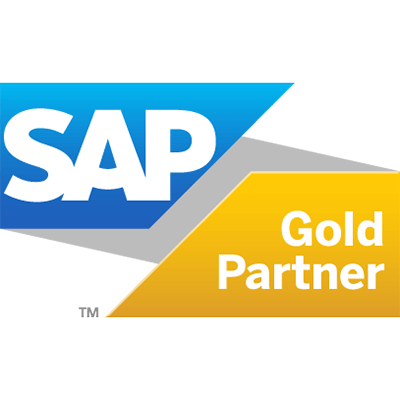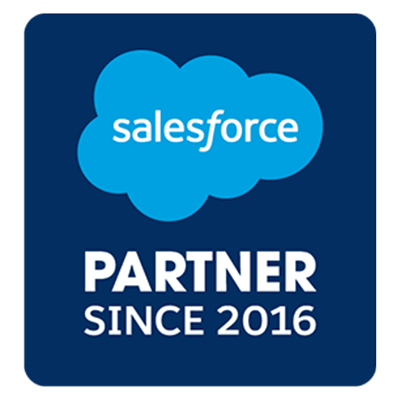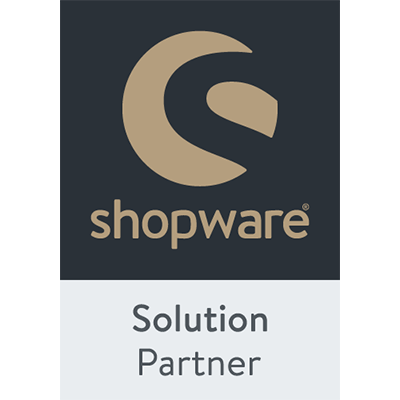
dotSource E-Commerce Software Vendor Matrix
Find out more about the meaning and interpretation of the dotSource vendor matrix.

Selecting E-Commerce Software: Topic Overview
E-Commerce Is Digital Business
Whether migration or new implementation: An online shop project has an impact on a company's entire system landscape. That is why an e-commerce strategy is always closely interwoven with the overall digitalisation strategy. We explain what to look out for.
Omnichannel Commerce with a Bright Future
We take a look at why brick-and-mortar retail, online shops and platform commerce are no longer separate, making it necessary to bring them together from a technological perspective.
From Medium-Sized Companies to Large Enterprises
The market for e-commerce software is huge. We evaluate which system is the right one for which company, serving the needs of both medium-sized businesses and globally operating enterprises with an eye to the future.
Expand Your E-Commerce Expertise! This White Paper Provides Answers to the Following Questions:
- What do you need to pay attention to when selecting an e-commerce system?
- How are all the different providers positioned in the market?
- What is the difference between greenfield and brownfield development?
- How do the leading e-commerce systems differ in terms of scalability, performance and integration?
- Why are e-commerce strategy and digital strategy inextricably linked and how can they be geared towards the future?

Do you want to learn more? I'm looking forward to hearing from you!











